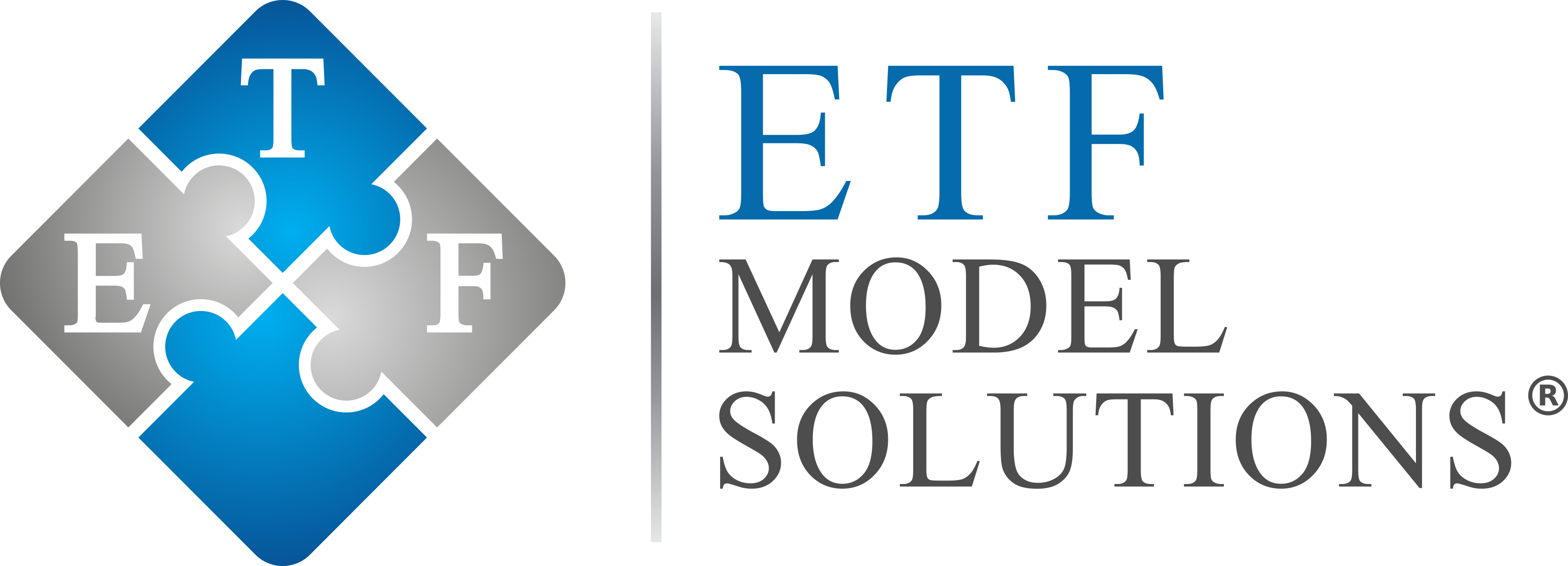A leading-edge 401(k) or 403(b) plan should consider the following plan design features:
- Immediate eligibility to make employee deferral contributions with a one-year wait period to receive employer matching contributions;
- Automatic enrollment at an employee deferral contribution rate of between 3% and 6% and automatic employee deferral escalation of 1% each year up to a maximum 10% deferral rate;
- A stretched matching contribution to encourage higher employee deferrals (e.g.; 25% of 12% rather than 50% of 6%) of at least 3% to 6%;
- A Roth 401(k) deferral option;
- No plan loan option or a restriction on plan loans to hardship criteria;
- A reasonable number of investment options (e.g.; 12 to 16 excluding target date);
- A professionally managed investment option – usually target-date funds;
- Has elected a QDIA and re-enrolls all employees into it periodically.
A progressive plan design supports plan objectives which the plan sponsor regularly communicates. Other best practices include:
- Employer profit sharing contributions are less valuable in terms of motivating participants to contribute than employer matching contributions. If possible, replace employer profit sharing contributions with employer matching contributions.
- Participant loans, a significant form of account balance leakage, should be discouraged by using the strongest plan design feature your corporate culture will accommodate.
- Many larger plan sponsors re-enroll all participants in the QDIA option (usually target-date funds) every year. This practice increases plan participation while ensuring that participants are invested appropriately for their age.
How many of these plan design features does your plan have?
